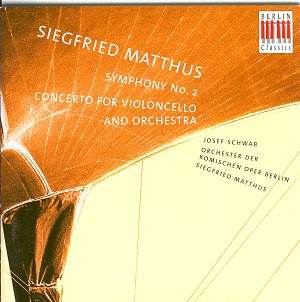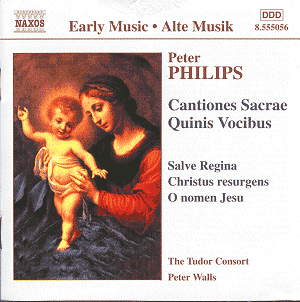 Composer: Nikolai Miaskovsky
Composer: Nikolai Miaskovsky
Works: The Complete Symphonic Works, Volumes 1-5
Performers: Russian Federation Academic Symphony Orchestra, Evgeny Svetlanov
Recording: 1991-1993, Great Hall of the Moscow Conservatory, Russia
Label: Olympia
Nikolai Miaskovsky, a pivotal yet often overshadowed figure in early 20th-century Russian music, emerges as a composer of remarkable depth and emotional complexity in “The Complete Symphonic Works,” a five-volume set by Olympia. With a catalog that spans 27 symphonies, Miaskovsky’s oeuvre reflects the tumultuous socio-political landscape of his time, particularly the aftermath of the Russian Revolution and the Second World War. This collection, featuring the Russian Federation Academic Symphony Orchestra under the baton of Evgeny Svetlanov, showcases the evolution of Miaskovsky’s style—from the Tchaikovskian echoes of his early works to the increasingly personal and introspective language of his later compositions.
The recordings capture the grandeur and intricacy of Miaskovsky’s symphonic language, with Svetlanov delivering interpretations that range from the broadly lyrical to the fiercely dynamic. For instance, the First Symphony, penned in 1908 and revised in 1921, reveals a Tchaikovskian influence, particularly in its orchestration and thematic development. Svetlanov’s approach is characterized by an expansive tempo that allows the music to breathe, although some may find this interpretative choice leads to moments of sluggishness, particularly in the lengthy Larghetto. Yet in the Allegro assai, the conductor’s vigorous pacing and the orchestra’s commitment to the score’s emotional weight create an exhilarating momentum, especially notable in the brass interjections at key moments—specifically at 10:20 and 16:09, where the intensity rises dramatically.
Miaskovsky’s Symphony No. 25, composed in 1946, is another highlight of the set, marked by a poignant duality of aggression and melancholic reflection. The Allegro impetuoso third movement features a thrillingly charged attack, juxtaposed with tender lyrical passages that underscore the composer’s emotional depth. The thunderous percussion at 3:38 and the piercing trumpet calls at 6:30 serve as powerful reminders of the work’s historical context—composed during a time heavily shadowed by war. Svetlanov’s ability to balance these contrasting elements enhances the symphony’s impact, ensuring it stands out as a vital contribution to the repertoire.
The sound quality of the recordings is commendable, with a clear and vibrant orchestral texture that allows the listener to appreciate the distinct colors of Miaskovsky’s orchestration. The engineering, conducted at the Great Hall of the Moscow Conservatory, provides a warm acoustic that complements the lush string sections and the dynamic brass, while also maintaining clarity in the woodwinds. This sonic clarity is particularly effective in the Eighteenth Symphony, where the folk-like motifs and contrasting moods are rendered with both precision and warmth.
Comparisons to other recordings reveal the strengths of Svetlanov’s interpretations. While there are alternative renditions available, such as those by Konstantin Ivanov or Gottfried Rabl, Svetlanov’s readings stand out for their emotional intensity and structural coherence. His interpretations, while occasionally criticized for their broad tempi, ultimately reveal nuances in the score that can often be overlooked in more hurried performances. The Fourth Symphony, for instance, benefits from Svetlanov’s careful pacing; the scurrying scherzo contrasts sharply with the subdued opening, creating a dramatic arc that captivates the listener.
This expansive set of Miaskovsky’s symphonic works is a significant contribution to understanding a composer who has long been a figure of niche interest rather than mainstream appeal. The meticulous attention to detail in both performance and engineering ensures that these recordings resonate with both newcomers and seasoned Miaskovsky enthusiasts alike. Each volume complements the last, presenting a journey through the composer’s artistic evolution that is as enlightening as it is enjoyable. The series not only revives interest in Miaskovsky’s underappreciated symphonic canon but also affirms the enduring power of his music to convey profound emotional truths.



